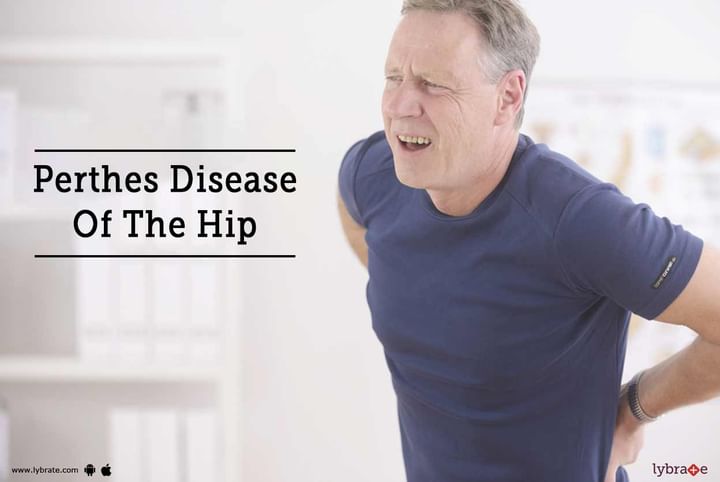Perthes Disease Of The Hip
Perthes disease of the hip is a childhood disorder, which occurs due to the disruption of blood flow to the femoral head. Inadequate supply of blood flow results in softening of the bones which result in the breakdown of the bones. Perthes disease is also referred to as Legg-Calve-Perthes disease or avascular necrosis.
Reasons Behind Occurrence of Perthes Disease
With the advancement of the latest techniques and bio-materials, it is possible to attain successful outcomes for hip arthroplasty. It is the activity level that mainly decides the need for hip replacement surgery and not the age of the patient. An individual with good bone quality can live young for a longer time and take part in physical activities. The main cause of this disease is not known, but it is not caused due to genetic factors. The bone abnormalities in certain cases are caused due to mutations in the COL2A1 gene, which is the characteristic of Perthes disease. The reason behind the occurrence of the blood vessel problem is not known and does not occur due to an injury. A child suffering from this condition is generally well and it takes several months for the blood vessels to regrow and for the blood supply to return to the dead bone tissue.
Symptoms of Perthes Disease
Perthes disease is actually not a disease and the main symptoms that are noticed include pain in the hip, limb or groin. The pain in these regions cause stiffness in the hip or shortening of the leg and results in constrained movements. It also causes a restricted range of motion of the hip joint. It causes a lot of pain while walking and the affected leg appears thinner and shorter. In some cases, both the hips of children are affected by this condition and mostly at different times. The important tests that are performed by a specialist to check for Perthes disease include ray of the hip and a bone scan. The extent of damage caused by Perthes disease is assessed by an MRI scan.
Treatment
Most children suffering from this condition are treated with a brace or plaster cast. Recently, even surgery has been performed to treat Perthes disease. There are certain milder cases that have healed even without any treatment, particularly in children who are below the age of 5 years. To keep the hip joint active some doctors advise parents to encourage children to swim and to avoid high impact exercises such as jumping or running. The main aim of the treatment provided by the specialist is to support the healing process and make certain that the femoral head is well seated in the hip socket. The treatments that are provided include a plaster cast, crutches and bed rest, observation, special leg brace and surgery.
In case you have a concern or query you can always consult an expert & get answers to your questions!



+1.svg)
